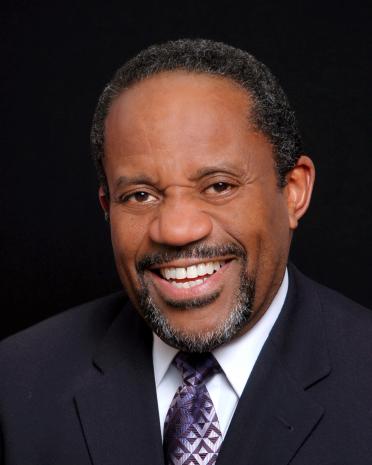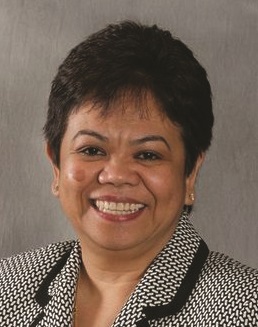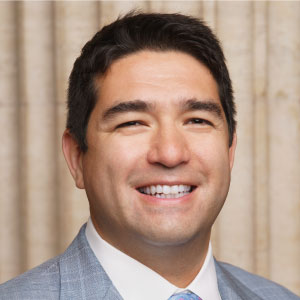As a profession, real estate has made some gains in recent years in terms of increasing racial diversity, but change has been gradual. Eighty-five percent of Realtors identified themselves as white in the National Association of Realtors’ 2015 Member Profile report. Seven percent identified as Hispanic/Latino, 4 percent as African American and 4 percent as Asian. While the share of Hispanic and Asian Realtors has grown since 2003 – rising 1 percentage point for Asians and 3 percentage points for Hispanics – the share of African Americans in the industry remains unchanged.
Naja Morris, a broker with Gray Realty Group and an active member of the Mainstreet Organization of Realtors, thinks that the industry’s history, which we detail elsewhere in this cover story, plays a role in its present-day demographics.
“Why would a group of people be attracted to a field that historically has not included them?” Morris asks. “From lenders to trade organizations, there has not been equality.”
Morris would like to see that change. She sees brokerages and trade organizations turning their resources toward retaining the black Realtors already in the field, and believes the way to increase their numbers is to work toward housing equality.
“I would love for there to be more African Americans in the field,” she says. “But more than that, I would love for more African Americans to be homeowners. I would like to think that correlation of African Americans to real estate agents starts with the lack of homeownership.”
According to the U.S. Census Bureau, the black homeownership rate is 41.9 percent, compared to 72.2 percent for non-Hispanic whites.
Zeke Morris, a past president of the Chicago Association of Realtors, believes that more African Americans will look to real estate as a viable career as the market recovers in hard-hit areas on the South Side. The association’s volunteer programs are oriented toward getting people involved in their neighborhoods, Zeke says, which helps present real estate as a lucrative and viable career.
“They need to see where people of color are having success in our industry,” Zeke says. “And they need to see that there’s a clear path for them, as well. As they choose to make that step, they need to get the proper training and determine how viable are the areas they choose to serve. Put those things together and it can change what we do.”
Vicky Silvano, the national chair of the Asian Real Estate Association of America, says that for its part, her organization has been working to increase the number of Asian Americans in the field throughout its 13-year history.
“Our mission when we created AREAA was homeownership among our Asian American community,” Silvano said. “By taking that step, we’re trying to boost diversity in the real estate industry, and we have increased our membership. We started with 5,000, and now we’re 15,000 members strong.” Silvano believes that placing a greater emphasis on formal education would help bring more young minority agents into the industry. “We as an industry should cultivate real estate as a profession rather than just like a sales job,” she said.
Joe Nery, the incoming president of the National Association of Hispanic Real Estate Professionals, also stresses that educating minority communities about real estate as a full-time career is the key to increasing diversity.
“We have compiled and put together a number of educational presentations that have attracted either new agents or have educated people who are interested in becoming real estate agents,” Nery said. “It has attracted them to the business because I think there’s a lack of awareness that real estate can be a lucrative business and a career choice.”




Thank you all for the contribution